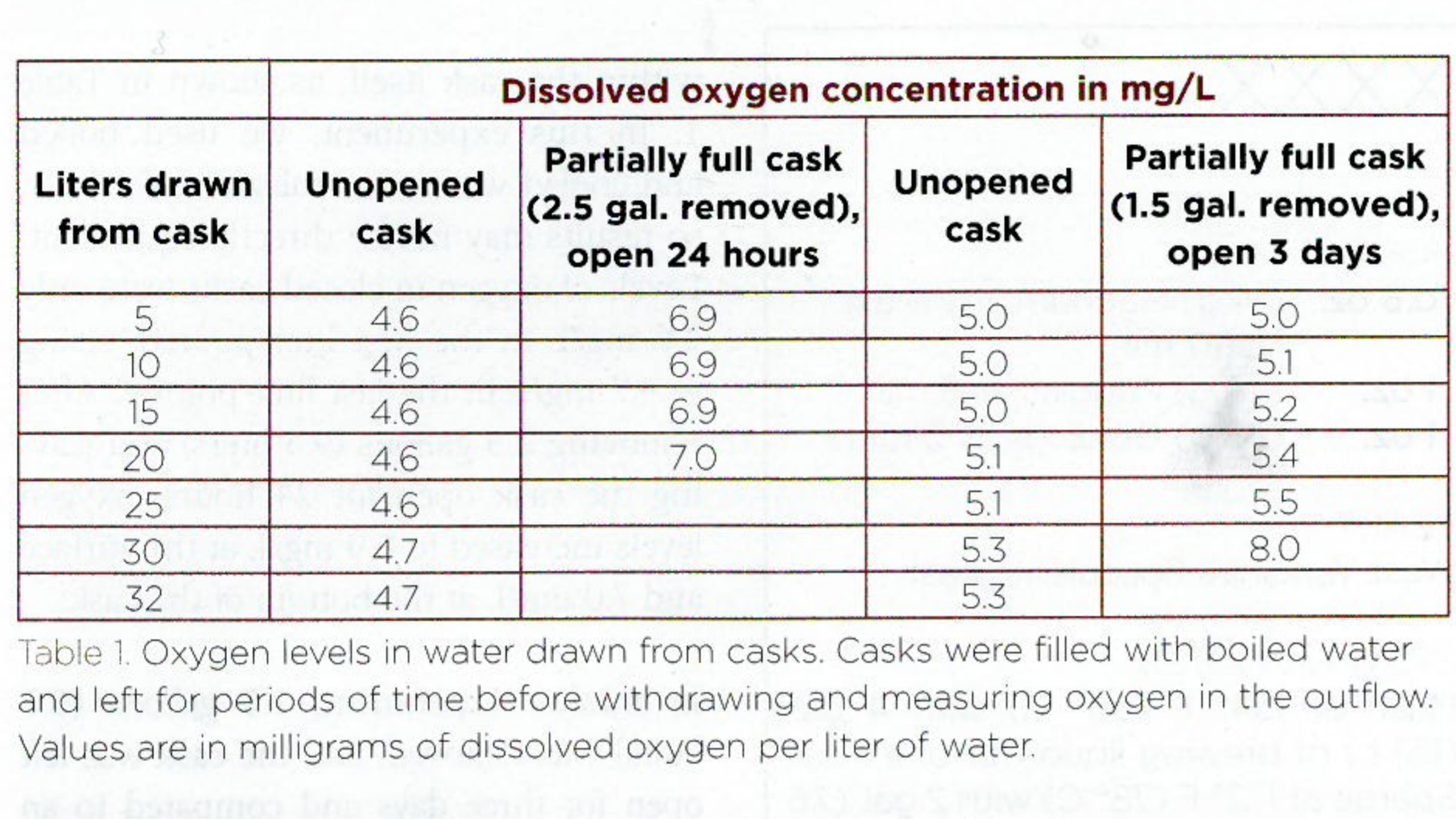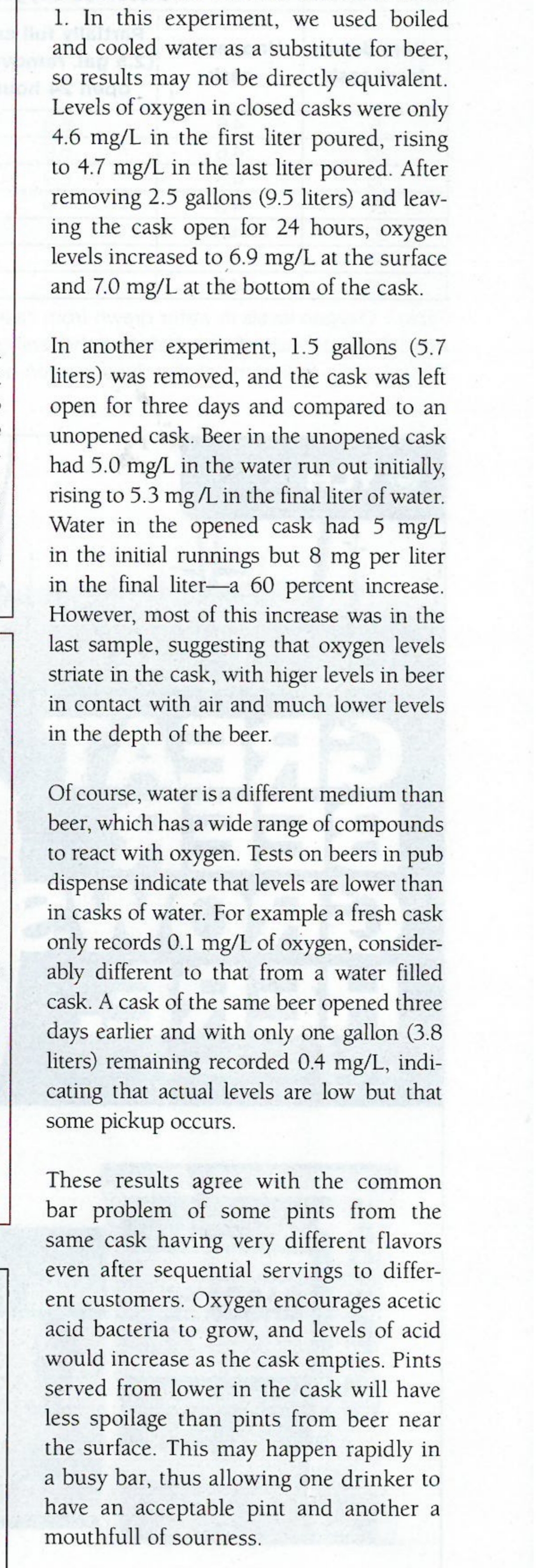Die_Beerery
Well-Known Member
- Joined
- Aug 21, 2017
- Messages
- 842
- Reaction score
- 643
Yea, that's clear. Looks like a low gravity beer and only pils. I brew a lot of those. I do use gelatin as a fining agent. I highly recommend it.
92% pils 8% carahell 1.048.
Doesnt matter the beer they are all crystal clear. No reason to use fining agents when I dont need too.








































